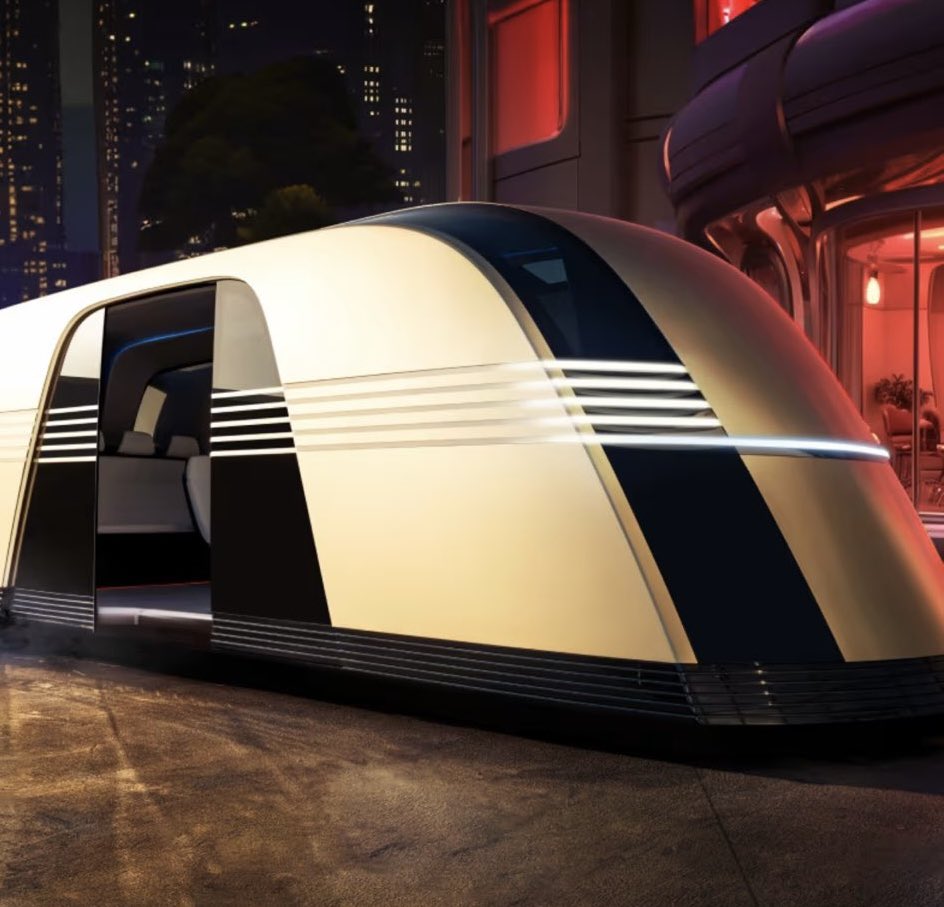Tesla’s RoboVan: A Revolutionary Leap in Urban Transportation
The recent unveiling of Tesla’s RoboVan, capable of autonomously carrying up to 20 passengers, marks a significant milestone in urban transportation technology. This groundbreaking development not only promises to change the way city dwellers commute but also sets a new standard for future innovations in autonomous vehicles.
An Autonomous Revolution in Public Transit
Tesla’s latest addition to its fleet, the RoboVan, represents the company’s most ambitious foray into the realm of autonomous public transit. Unlike traditional passenger vans, the RoboVan is engineered to operate without a human driver, offering a seamless and efficient urban commute. This vehicle could potentially alleviate traffic congestion by providing a mass transit option that’s both flexible and reliable. For busy professionals, students, and tourists weaving through the intricate web of urban landscapes, this development could be a game-changer.
Advantages of the RoboVan
The RoboVan is designed to cater to the burgeoning demand for eco-friendly and smart commuting solutions. With its electric powertrain, it offers a clean alternative to fossil-fueled public transport. Furthermore, the integration of advanced AI technology enables predictive maintenance and route optimization, ensuring a high level of safety and efficiency. The vehicle’s spacious interior can comfortably accommodate 20 passengers, making it ideal for urban environments where space and time are at a premium. Its potential to reduce emissions and reliance on traditional public transport networks makes it a viable option for cities looking to improve air quality and transit efficacy.
Tesla Robovan Exclusive video
Impact on Urban Mobility
As cities continue to grow, there is an increasing need for innovative solutions to the challenges of urban mobility. The RoboVan promises to not only ease congestion but also provide greater accessibility. Its autonomous nature could enable seamless transit solutions tailored to the dynamic flow of passengers in a bustling city. This could spur the development of new urban infrastructure designed to support autonomous fleets, such as dedicated lanes and smart traffic management systems. In turn, this will contribute to more livable urban environments by reclaiming public spaces currently occupied by traditional vehicles.
Preparing for Mainstream Adoption
While the RoboVan represents a leap forward, its integration into existing transport systems won’t be without challenges. Governments and urban planners must work collaboratively with companies like Tesla to create an environment conducive to autonomous vehicle deployment. This includes updating regulatory frameworks, ensuring cybersecurity measures are in place, and fostering public trust through transparent safety assessments and pilot programs. By addressing these hurdles, the transition to autonomous public transport could be smooth and beneficial for all stakeholders involved.
The Future of Autonomous Public Transport
In a world where technology is rapidly redefining the transportation landscape, Tesla’s RoboVan stands out as a beacon of innovation. While its full potential will be revealed over time, its introduction is a crucial step towards making autonomous public transport a reality. As cities adapt to embrace these advancements, the RoboVan could lead the charge in revolutionizing how we move through urban environments, ultimately paving the way for a future where public transport is efficient, environmental, and effortlessly navigated.
The journey of Tesla’s RoboVan is just beginning, but its impact is already being felt in the corridors of urban planning and transportation innovation. As we look to the future, the success of this initiative could inspire a new era of automated, sustainable, and passenger-focused public transport systems worldwide.
